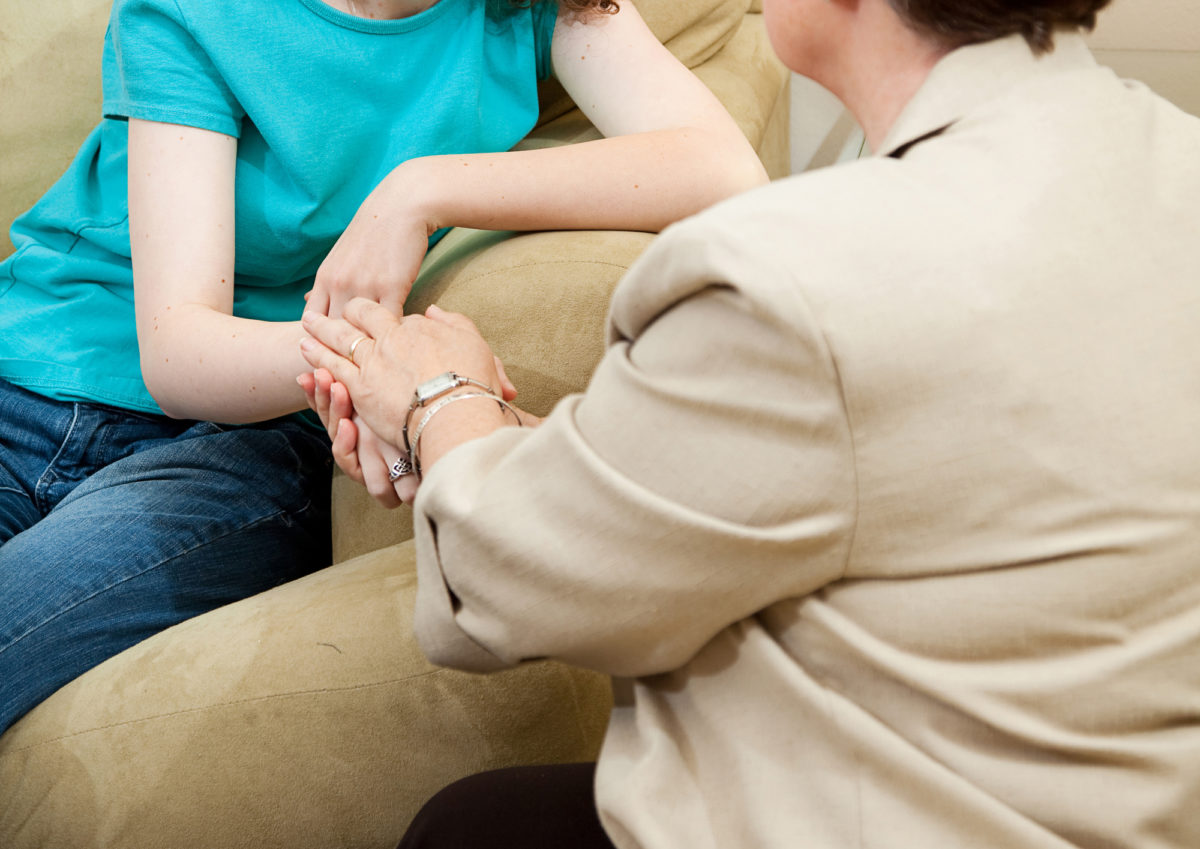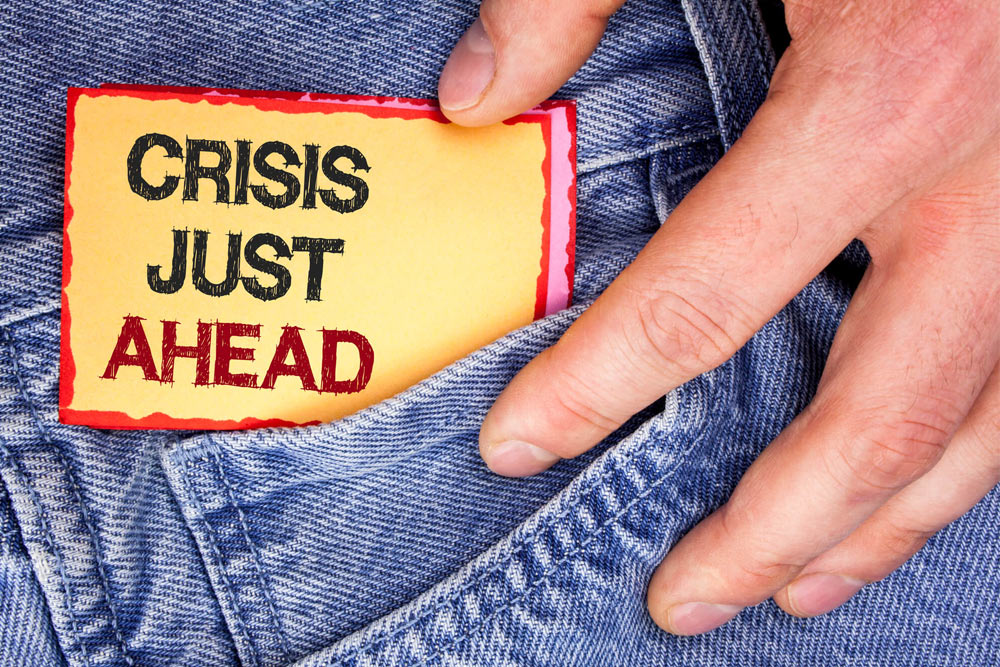In the wake of recent celebrity suicides, many are asking themselves how people who have so much can end up so hopeless and take their own lives. The overwhelming loss felt by fans and fellow celebrities have opened the way to delve deeper into the need for mental health awareness and suicide prevention.
Each year, some 44,965 Americans are lost to suicide. It is the 10th leading cause of death in the USA.
The World Health Organization (WHO) estimates that approximately one million people die from suicide yearly on a global level, which equals one death every 40 seconds. It is predicted that the rate of death will increase to one every 20 seconds by the year 2020.
Given such staggering numbers of self-inflicted death, what can we do to help those who are in crisis and contemplating suicide? Let’s take a look:
Understand the Prevalence of Mental Health Concerns
To contribute to a change in decreasing suicides, it is important to understand the prevalence of mental health concerns and how widespread they are.
Globally, one in four people is affected by a mental health condition or neurological disorder in their lifetime. Nationally, almost one-fifth of Americans are facing a mental health problem. According to the Center for Disease Control and Prevention, pertaining to suicide, within the past year almost 1.3 million adults have attempted suicide, 2.7 million adults have had a plan to attempt suicide, and 9.3 million adults have had suicidal thoughts.
Know the Risk Factors That May Lead to Suicide
Risk factors are the characteristics that make it more likely someone will consider, attempt or die by suicide. While these risk factors cannot cause or predict a suicide attempt, being able to spot these factors in others may be key to suicide prevention.
The Suicide Prevention Lifeline has identified the following risk factors:
- Mental disorders, particularly mood disorders, schizophrenia, anxiety disorders, and certain personality disorders
- Alcohol and substance use disorders
- Hopelessness
- Impulsive and/or aggressive tendencies
- History of trauma or abuse
- Major physical illnesses
- Previous suicide attempt(s)
- Family History of Suicide
- Job or financial loss
- Loss of relationships
- Easy access to lethal means
- Local clusters of suicide
- Lack of social support and sense of isolation
- Stigma associated with asking for help
- Lack of healthcare, especially mental health and substance abuse treatment
- Cultural and religious beliefs, such as the belief that suicide is a noble resolution of a personal dilemma
- Exposure to others who have dies by suicide (in real life or via the media and Internet)
Know the Warning Signs of Suicide
Suicide does not have a single cause. There are some warning signs or indicators, which may help you determine if a friend, associate or loved one is at risk for suicide. Look for behavior that is new, has increased, or seems related to a painful event, loss or change.
Here is a list of some warning signs that someone in imminent danger of committing suicide might exhibit:
- Talking about wanting to die or kill themselves
- Looking for a way to kill themselves, like searching online or buying a gun
- Talking about feeling hopeless or having no reason to live
- Talking about feeling trapped or in unbearable pain
- Increasing the use of alcohol or drugs
- Acting anxious or agitated; behaving recklessly
- Sleeping too little or too much
- Withdrawing or isolating themselves
- Showing rage or talking about seeking revenge
- Extreme mood swings
If you notice the warning signs and risk factors in someone you know, you can encourage them to seek help. How you approach this topic will vary from person to person, since one person’s needs may differ from another. Try to keep the person in a protected environment and provide as much support as you can to meet their needs.
If you notice the warning signs within yourself, it is important for you to know that there are resources out there for you, including seeking the help of a trained professional.
To learn more about suicide prevention or to receive help, visit these resources:
Suicide Prevention Lifeline or call 800.273.8255 (available 24 hours every day)
SAVE (Suicide Awareness Voices of Education)
Suicide Prevention Resource Center
American Foundation for Suicide Prevention






























